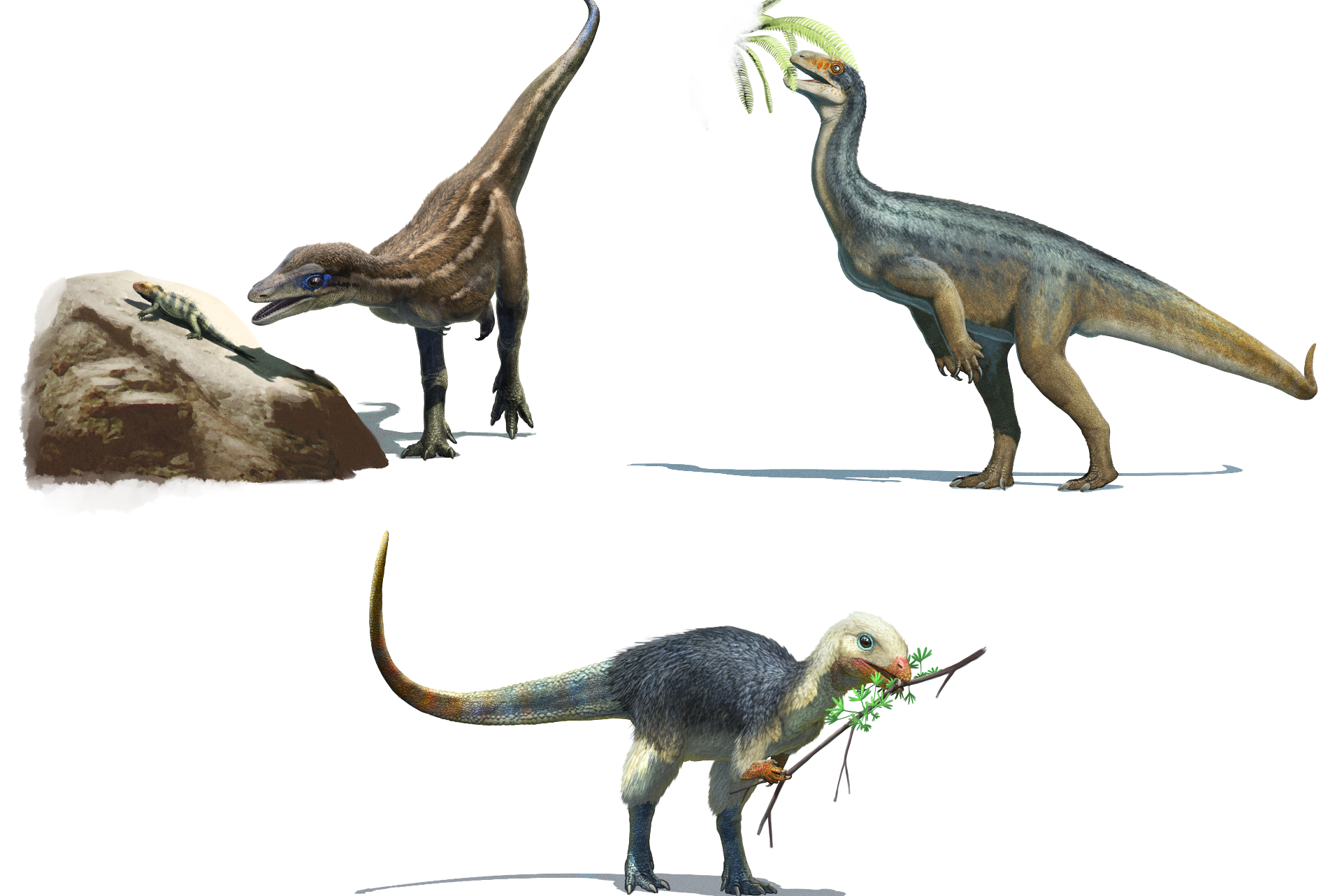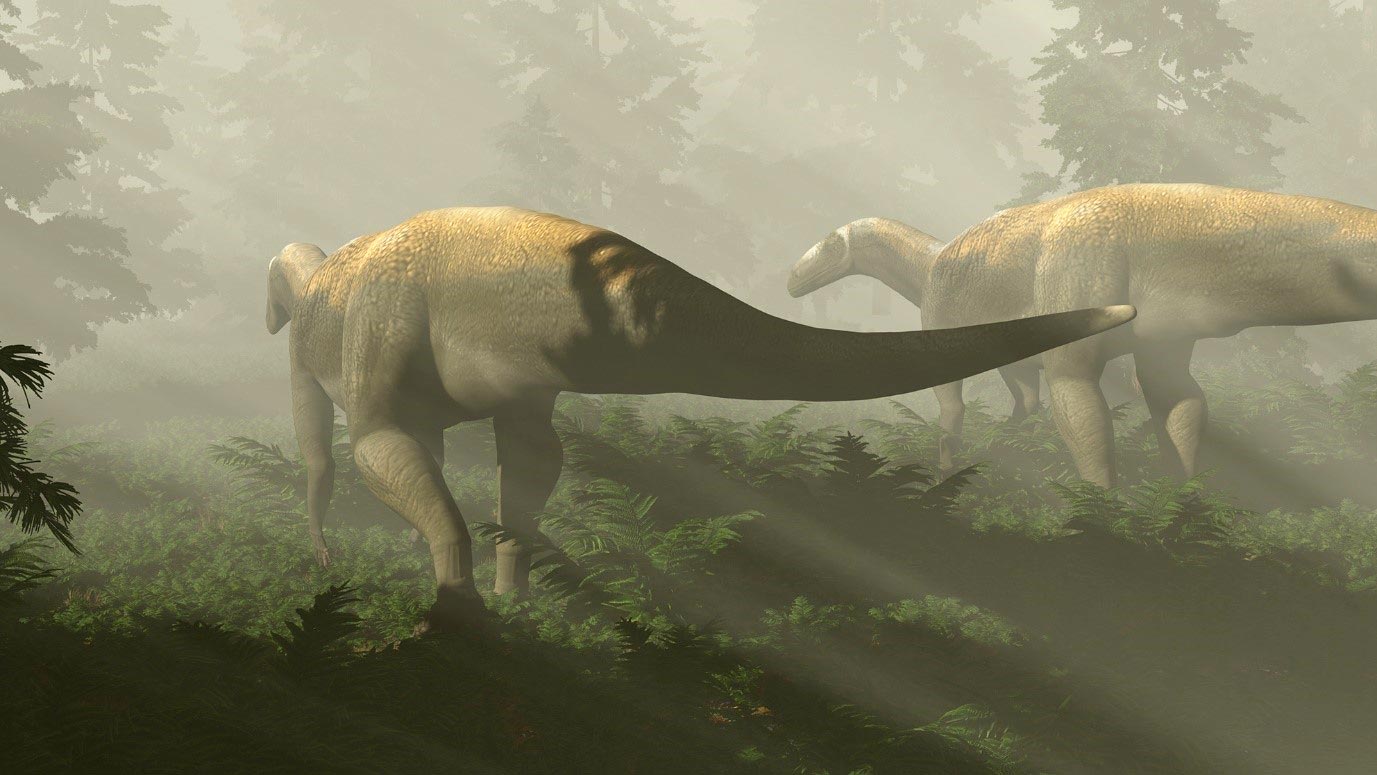School of Earth Sciences Biology Diagrams The study of dinosaur feeding habits provides crucial information for paleontological research and understanding paleoecology. Roles in the Food Chain: Carnivorous and herbivorous dinosaurs occupied distinct roles within the prehistoric food chain, influencing their respective ecosystems. Fossilized Teeth as Clues

The Prehistoric Food Web: A Tapestry of Nutrients. To fully understand what food looked like before humans, we must first grasp the concept of the prehistoric food web. This intricate system involves producers, consumers, and decomposers, each playing a crucial role in maintaining ecological balance. Producers: The Foundation of Life

Predatory and Prey Dynamics in Dinosaur Life Biology Diagrams
Carnivorous dinosaurs, on the other hand, hunted other dinosaurs and prehistoric creatures. They had sharp teeth and claws designed for tearing flesh, as evidenced in species like Tyrannosaurus rex and Velociraptor. Additionally, some dinosaurs were omnivores, eating both plants and animals, which provided them with a flexible diet that helped Herbivorous dinosaurs had physical traits that helped them eat and digest plants. These plant-eaters typically formed the base of dinosaur food chains, converting plant energy into body mass that carnivorous dinosaurs could then consume. Some of these adaptations include: Flat, ridged teeth for grinding tough plant material instead of cutting. Dinosaur food refers to the ancient plants that herbivorous dinosaurs ate. It is not a specific type of plant but a term for prehistoric vegetation. the meat-eating titans had a significant impact on the prehistoric food chain. Hunting Strategies Across Species. The world of dinosaurs saw a vast array of hunting strategies evolving over

The Food Chain Of Dinosaurs, a complex web of predator and prey, shaped the Mesozoic Era.From the towering giants to the smallest scavengers, each dinosaur played a vital role in this prehistoric ecosystem. Understanding this intricate system offers a fascinating glimpse into a world lost to time. Newly unearthed 120-million-year-old fossils have revealed a surprising shift in the prehistoric food chain, challenging long-standing theories about which predators ruled ancient Australia. Any animal community has food chains of predators and prey. Interlinked chains form a food web. This diagram shows who ate whom in Late Cretaceous western North America. Arrows point to the predator. The top predators were the tyrannosaurs, but all dinosaurs ultimately depended on plants.
